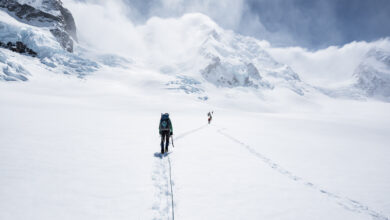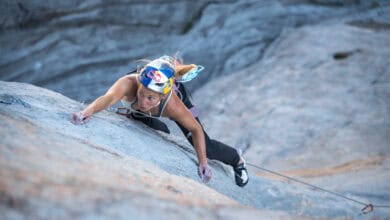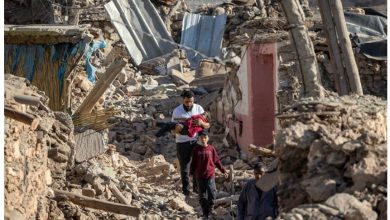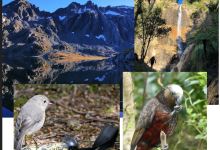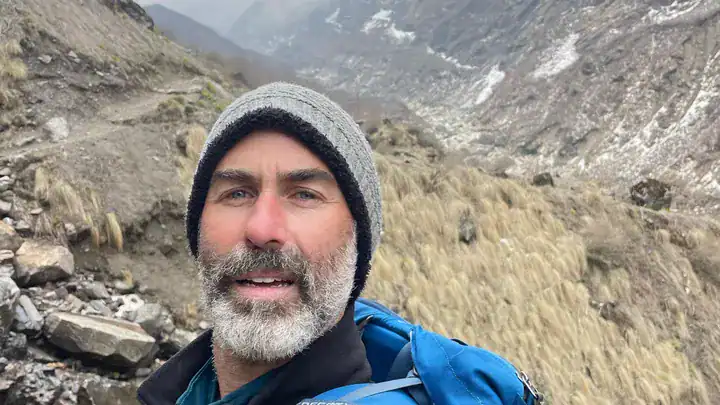
How an Israeli-American hiker survived over a week in India’s unforgiving mountain terrain through resourcefulness and determination
In the shadow of the Himalayas, where towering peaks meet spiritual sanctuary, a routine hiking trip transformed into an extraordinary tale of survival. Samuel Vengrinovich, a 44-year-old Israeli-American adventurer, found himself fighting for his life in the rugged terrain surrounding Dharamshala, India, after what should have been a simple two-day trek turned into a nine-day ordeal that would test every ounce of his wilderness survival instincts.
Dharamshala, nestled in the foothills of the Himalayas in northern India’s Himachal Pradesh state, draws thousands of visitors annually. This picturesque hill station serves as the modern spiritual centre of Tibetan Buddhism and home to the Dalai Lama. At an elevation of approximately 1,475 metres above sea level, the area offers some of India’s most spectacular trekking opportunities, including the popular Triund Hill Trek.
It was here, on 5 June, that Vengrinovich’s adventure began. After attending a talk by the Dalai Lama, he felt inspired to explore the region’s natural beauty. The Triund Hill Trek, a moderate 9-kilometre trail that typically takes hikers through mixed forests of oak, deodar, and rhododendron before opening onto alpine meadows, seemed the perfect choice for his planned two-day excursion.
Vengrinovich had come prepared, renting camping equipment and packing what he believed would be sufficient supplies for his short journey. The trek to Triund, which sits at 2,875 metres elevation, is generally considered safe for experienced hikers, offering panoramic views of the Dhauladhar mountain range.
On 6 June, Vengrinovich set off alone, leaving his mobile phone, tent, and most of his belongings at the group campsite. According to his sister Natasha, he carried only a day pack with limited food supplies, intending to push towards the snow line on a nearby ridge. Fellow hikers reported seeing him during his initial ascent, but as he climbed higher, he continued alone into increasingly challenging terrain.
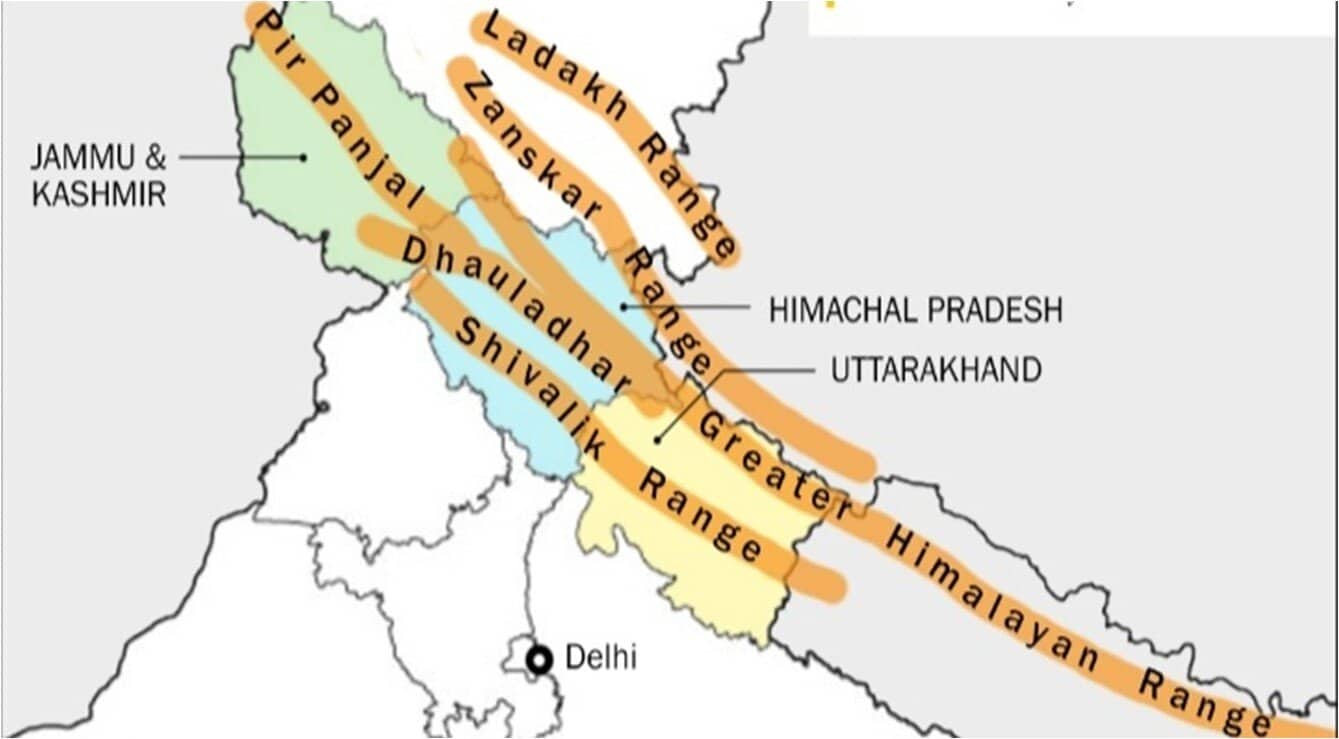
image compliments of X
The Dhauladhar range, while beautiful, presents serious hazards for the unprepared. Weather conditions can change rapidly, with temperatures dropping significantly at higher elevations. The terrain becomes increasingly treacherous above the tree line, with loose scree, hidden crevasses, and the ever-present risk of altitude-related complications.
When Vengrinovich failed to return to the campsite by 9 June, three days past his intended return, fellow hikers contacted his family. The alarm was raised, triggering what would become an intensive international rescue operation.

Survival Against the Odds
For nine days, Vengrinovich was completely cut off from civilisation, navigating the harsh Himalayan environment with minimal resources. During this time, he sustained a broken arm—likely from a fall on the rocky terrain—yet continued moving, demonstrating remarkable resilience.
His survival strategy was both primitive and effective. Following the age-old wilderness principle of following water to civilisation, he traced river systems down the mountain slopes towards the Dharamshala valley. Most remarkably, he sustained himself by consuming insects he found along the way—a survival technique that, while unpalatable to most, provided crucial protein and nutrients during his ordeal.
Entomophagy, or insect consumption, is actually a recognised survival strategy. Insects are abundant in most environments and provide high-quality protein, essential fats, and various vitamins and minerals. In the Himalayan ecosystem, various beetles, ants, and other insects would have been available to a resourceful survivor.

Vengrinovich’s disappearance triggered a comprehensive search and rescue mission that highlighted both the dedication of local rescue teams and the lengths families will go to save their loved ones. His parents, Vlad and Tina, established a crowdfunding campaign with a target of $100,000 to finance the extensive search efforts.
The operation was multi-faceted and expensive. The family paid approximately $6,000 for local search teams, including specialised equipment and coordination. They also flew in an Israeli rescue delegation at a cost of $40,000, bringing experienced alpinists and advanced equipment for four days of intensive searching. An additional $20,000 was allocated for helicopter search and rescue operations.
Local authorities, mountain rescue teams, and volunteers scoured the challenging terrain, battling altitude, weather conditions, and the vast scale of the search area. The Himachal Pradesh police, along with the Indo-Tibetan Border Police, coordinated ground and aerial searches across multiple valleys and ridgelines.
On 15 June, after nine harrowing days, rescuers finally located Vengrinovich in the wilderness near Dharamshala. Despite his injuries and ordeal, he was conscious and able to communicate with his rescuers. He was immediately transported to a local hospital for emergency medical treatment.
The successful rescue highlighted the effectiveness of coordinated international search efforts and the importance of never giving up hope in wilderness emergencies. Vengrinovich’s survival demonstrated that with determination, basic survival knowledge, and perhaps a measure of luck, it’s possible to endure even the most challenging circumstances.
Following his rescue, Vengrinovich faced significant medical challenges, requiring extensive treatment for his injuries and the effects of his prolonged exposure to harsh conditions. The crowdfunding campaign, which ultimately raised over $66,000, continued to support not only the search costs but also his medical care and eventual reunion with family.
His story serves as both inspiration and cautionary tale for adventure enthusiasts. While his survival showcases human resilience and resourcefulness, it also underscores the critical importance of proper preparation, communication plans, and risk assessment when venturing into remote wilderness areas.
Lessons for Adventure Travellers
Vengrinovich’s experience offers valuable insights for anyone planning wilderness adventures:
Communication is Critical: Always inform someone of your detailed itinerary and expected return time. Consider carrying satellite communication devices in remote areas.
Pack for the Unexpected: Even on day hikes, carry emergency supplies including extra food, water, shelter, and first aid equipment.
Know Your Limits: Understand both the terrain and your own capabilities. Solo travel in remote areas multiplies risks significantly.
Weather Awareness: Mountain weather can change rapidly. Be prepared for temperature drops and adverse conditions.
Navigation Skills: GPS devices can fail. Carry backup navigation tools and know how to use them.
The Himalayas continue to draw adventurers from around the world, offering unparalleled beauty and challenge. Samuel Vengrinovich’s story reminds us that with proper respect for the mountains, adequate preparation, and perhaps a healthy dose of survival instinct, even the most dire situations can have positive outcomes.
This story was compiled from multiple news sources and family statements. Adventure Magazine extends thoughts for Samuel Vengrinovich’s continued recovery.
Similar features:
Rafter Has Leg Amputated After 20-Hour Ordeal in Tasmanian River
Three Days of Survival: Climbers’ Brush with Death in the Himalayas



